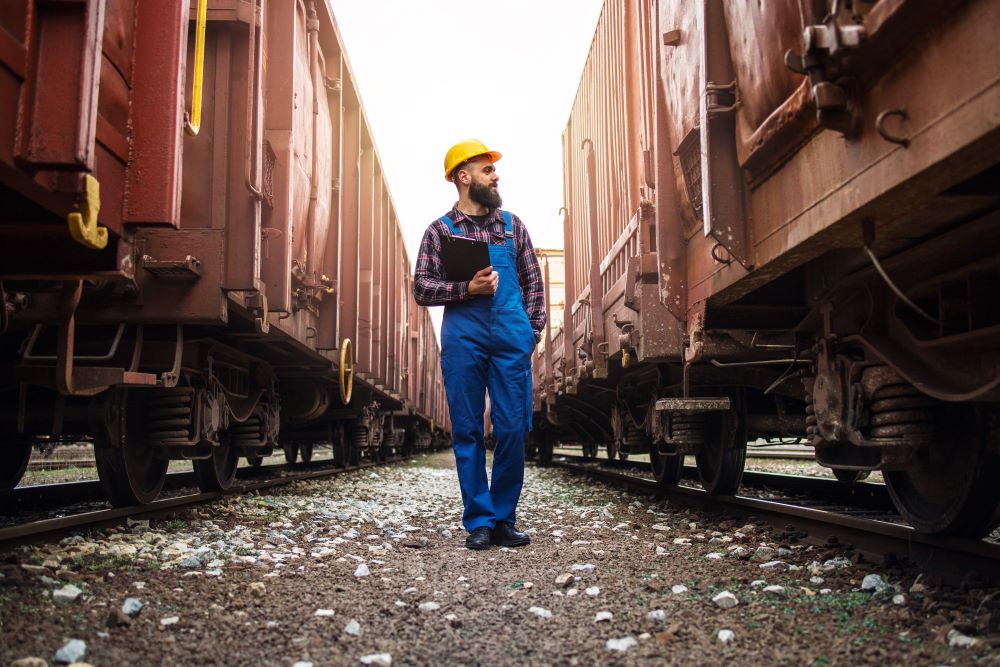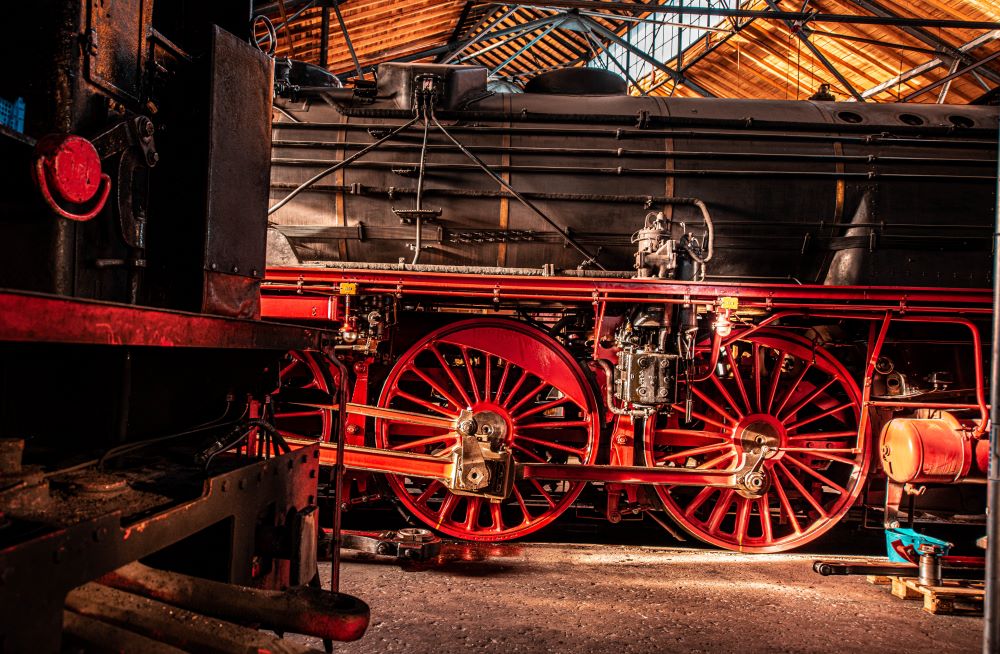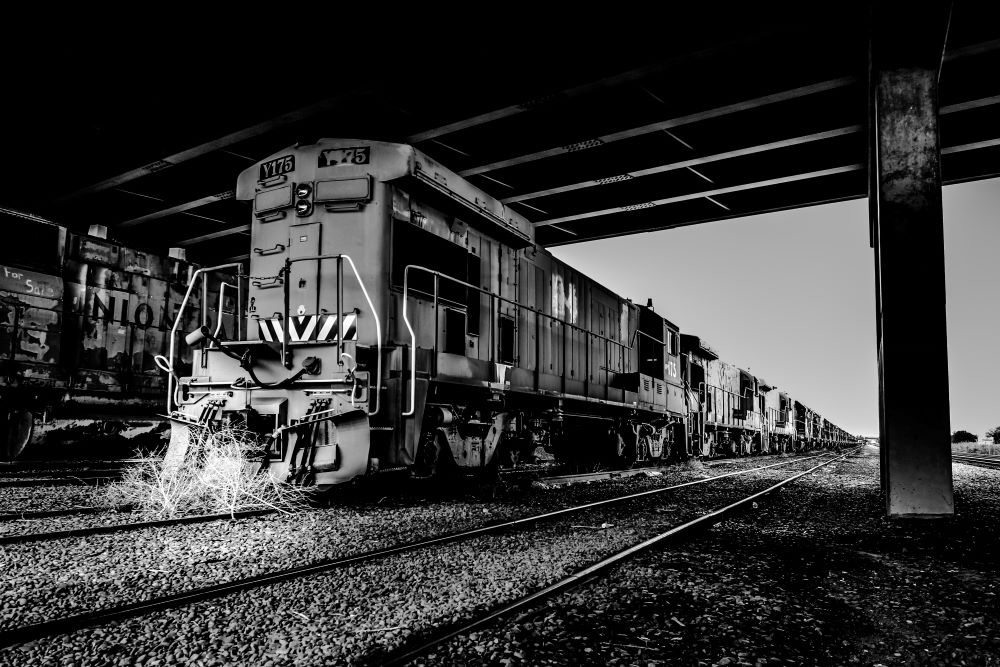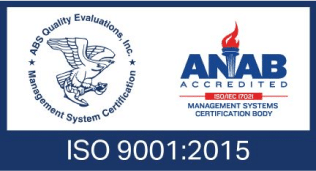
Understanding The Different Types Of Railway Maintenance
When envisioning railway systems, our thoughts often gravitate toward trains, tracks, and stations. However, the meticulous task of maintaining these tracks is indispensable for ensuring safe and efficient transportation. This article delves into the diverse realm of railway maintenance, shedding light on its various types, underlying reasons, and common requirements.
What is Rail Maintenance?
Railway track maintenance encompasses a spectrum of activities, each serving a unique purpose in sustaining the integrity of this critical infrastructure. Routine inspections stand as a primary pillar, where highly skilled inspectors meticulously examine rails, sleepers, and fastenings to preemptively identify any potential issues or defects. This proactive approach is instrumental in averting safety and efficiency concerns within the rail system.
In addition to routine inspections, preventive railway maintenance assumes a pivotal role. By implementing measures like regular lubrication to reduce friction and applying anti-corrosion coatings, the railway authorities proactively extend the lifespan of components, mitigating wear and tear caused by operational factors and exposure to the elements.
Corrective train checks, on the other hand, are reactive and respond promptly to identified issues or defects. Whether detected during routine inspections or reported by train operators, railway maintenance crews swiftly address these concerns, ensuring the seamless operation of the railway system. This may involve repairing or replacing damaged components, realigning tracks, or resolving any other issues that could compromise safety.
Moreover, periodic rehabilitation and renewal projects become essential as continuous usage leads to wear and tear, necessitating extensive repairs or even complete replacements. These projects, requiring significant investments in time, resources, and expertise, encompass maintenance activities such as track resurfacing, sleeper replacement, signaling system upgrades, and network expansion to accommodate growing demands.
Crucially, the maintenance of railway tracks extends beyond visible components. Underground drainage systems play a pivotal role in maintaining stability and longevity by preventing water accumulation, which can lead to erosion and instability. Regular checks of these systems ensure they remain clear and functional, effectively safeguarding the tracks from potential damage.
Why Do Railway Tracks Need Regular Maintenance?
Regular railway line maintenance is imperative for railway tracks due to factors such as constant weight and pressure from passing trains causing wear and tear. External elements like weather conditions and temperature changes, along with natural disasters, can adversely impact tracks. Aging tracks and infrastructure demand ongoing attention to maintain integrity and ensure the safe passage of trains.
The Different Types of Railway Track Maintenance
Understanding the complexity of railway track maintenance involves recognizing four primary types: routine, preventive, corrective, and emergency maintenance.
- Routine Maintenance: Regular inspections and cleaning to remove debris and potential obstructions ensure the smooth functioning of trains.
- Preventive Maintenance: Proactive identification and addressing of potential problems, minimizing disruptions, and ensuring uninterrupted train operations.
- Corrective Maintenance: Swift response to identified issues during routine or preventive inspections is crucial for maintaining track stability and reducing the risk of accidents.
- Emergency Maintenance: Immediate response to critical situations, restoring tracks swiftly after unforeseen events to ensure passenger safety and minimal network impact.
What Are Common Maintenance Requirements on Railways?
The common train check requirements on railways encompass a range of tasks aimed at preserving track integrity, enhancing passenger safety, and optimizing the performance of trains. These tasks include:
- Concrete Repair: it stands as a fundamental requirement in railway maintenance. Over time, sections of the tracks may incur damage or deterioration, necessitating swift intervention. Whether due to the relentless passage of trains or exposure to external elements, damaged concrete can compromise the structural integrity of the tracks.
- Anchor Strengthening: A vital aspect of railway maintenance involves anchor strengthening. The stability of the tracks relies significantly on the strength of their anchors. These anchors, embedded in the ground, secure the tracks in place, preventing shifts or movements that could lead to accidents or disruptions. Strengthening these anchors is essential for upholding the stability of the entire track system.
- Plate Reinforcing: it is a key railroad track maintenance requirement focused on the prevention of cracking and failure in rail plates. Rail plates are crucial components that distribute the load of the trains and maintain the alignment of the tracks. Over time, these plates may undergo stress and wear, making them susceptible to cracking or failure. Plate reinforcing involves strengthening these components to withstand the constant forces exerted by passing trains.
Apart from the common train maintenance requirements mentioned above, other aspects must be taken into account, such as ballast maintenance, electrical systems, signals and communication systems, bridges and tunnels, vegetation management, drainage systems, and crossing maintenance.
These train checks, along with visual inspections, are crucial for the reliable and safe operation of railways, minimizing disruptions, and ensuring the well-being of passengers and cargo. Regular and proactive maintenance practices contribute to the longevity and sustainability of railway infrastructure.
Ground Power Units (GPU)
Ground Power Units (GPUs) play a crucial role in the maintenance and operation of railways. These are mobile or stationary devices that provide electrical power to stationary trains, especially during periods when the locomotive engines are turned off. GPUs ensure that essential systems within the train, such as lighting, air conditioning, and communication systems, remain operational without relying on the locomotive’s internal power source.
When trains are stationary for extended periods, like during maintenance or layovers, GPUs connect to the train and supply the necessary electrical power. This not only helps in conserving fuel by avoiding unnecessary idling of locomotive engines but also ensures a comfortable environment for passengers and crew.
Locomotive Power Supply
The locomotive power supply is a critical aspect of railway operations as well. Locomotives are typically powered by electricity, either from overhead wires (catenary systems) or an electrified third rail. In the case of diesel locomotives, they have internal combustion engines that run on diesel fuel.
For electric locomotives, the power is supplied through overhead wires or a third rail, and the train draws power using a pantograph or a shoe connected to the rail. Diesel trains, on the other hand, generate power through diesel engines.
The choice between electric and diesel locomotives depends on factors such as infrastructure, operational requirements, and environmental considerations. Electric trains are often used in areas with electrified tracks, providing a more efficient and environmentally friendly mode of transportation.
Safety and Regulatory Compliance
Embedded within these train maintenance practices is an unwavering commitment to safety and regulatory compliance. Railway authorities prioritize adherence to stringent safety standards and regulatory guidelines to ensure the well-being of passengers and crew and the seamless flow of operations. From concrete repair to anchor strengthening and plate reinforcing, every maintenance action is executed with a meticulous eye on safety protocols, underscoring the dedication to creating a secure and compliant railway environment.
Conclusion
A profound understanding of the different types of railway maintenance is essential to comprehending the concerted efforts invested in ensuring safe and efficient train operations. Routine, preventive, corrective, and emergency maintenance collectively play pivotal roles in preserving track integrity, minimizing risks, and promoting the longevity of railway infrastructure. By addressing specific requirements such as concrete repair, anchor strengthening, plate reinforcing, and adhering to safety and regulatory standards, railways can continue to provide reliable transportation for years to come.






